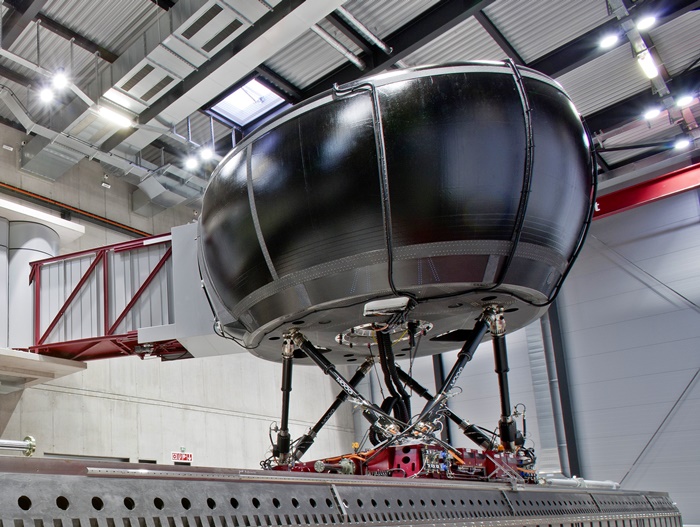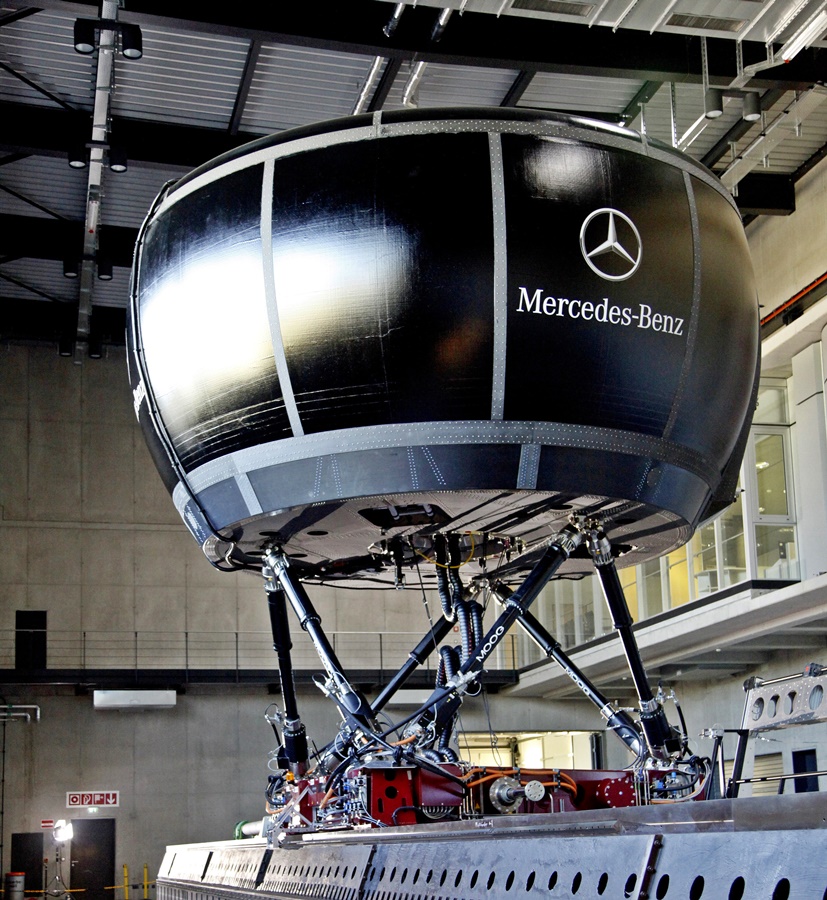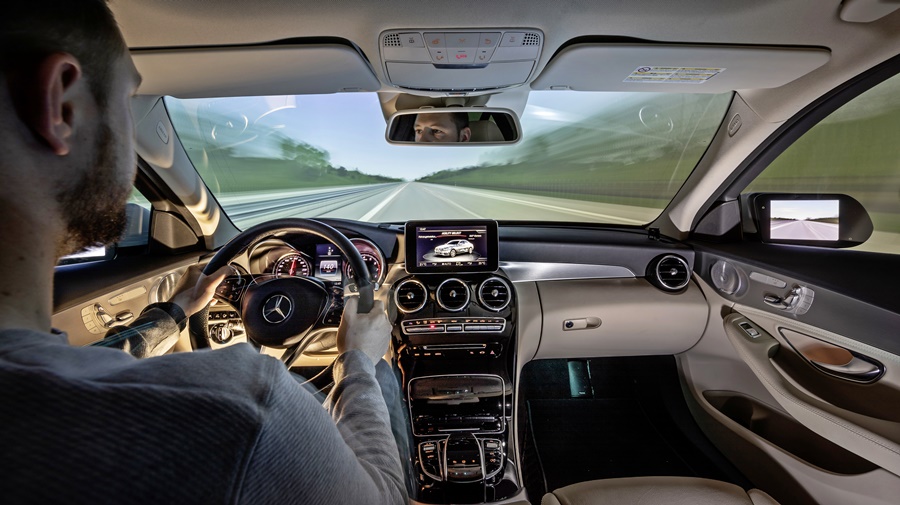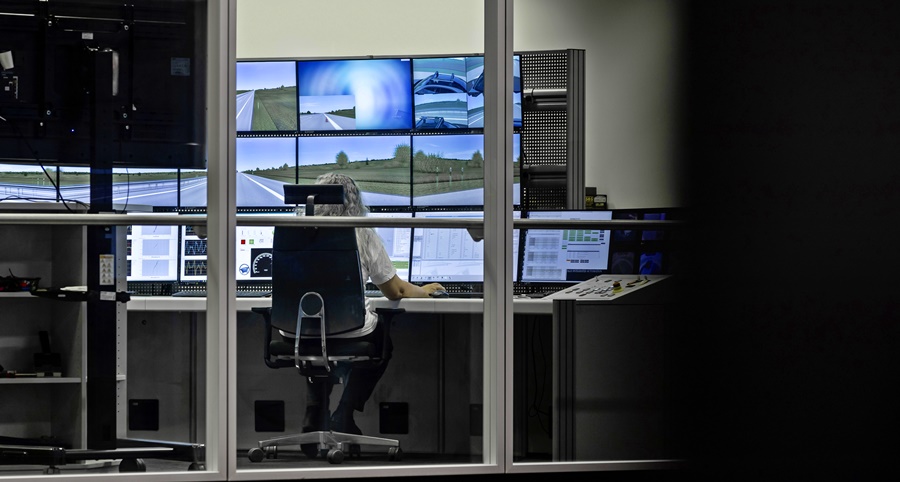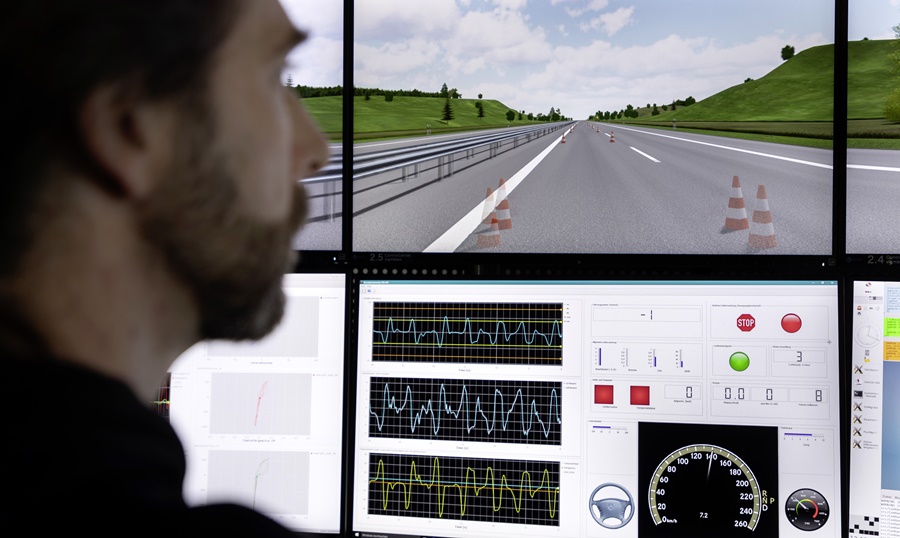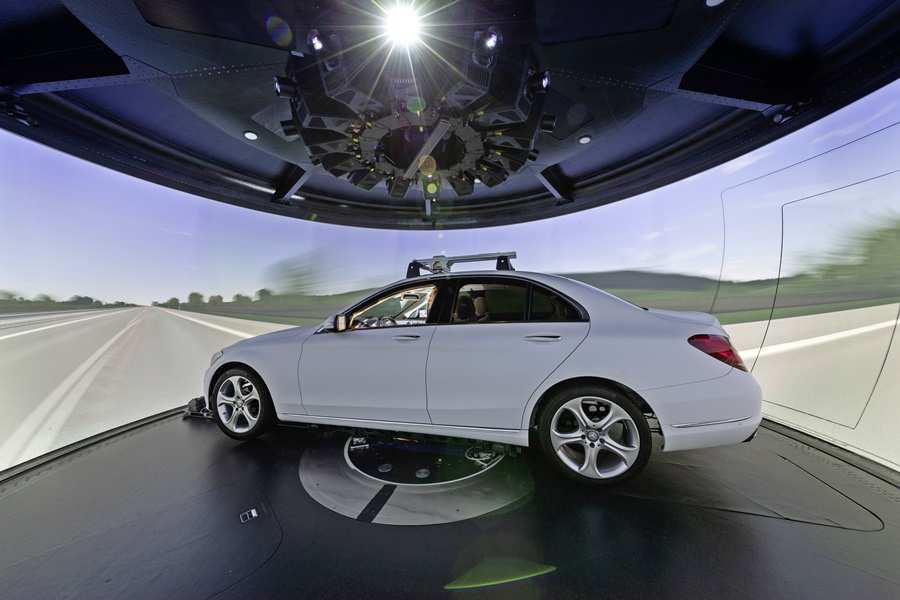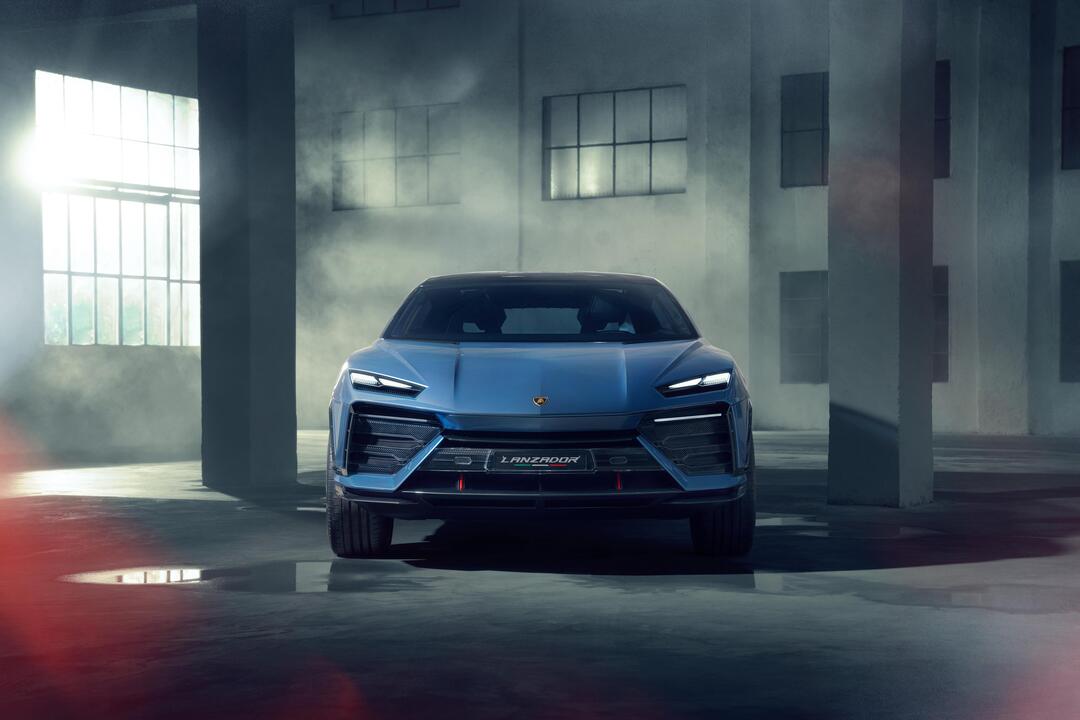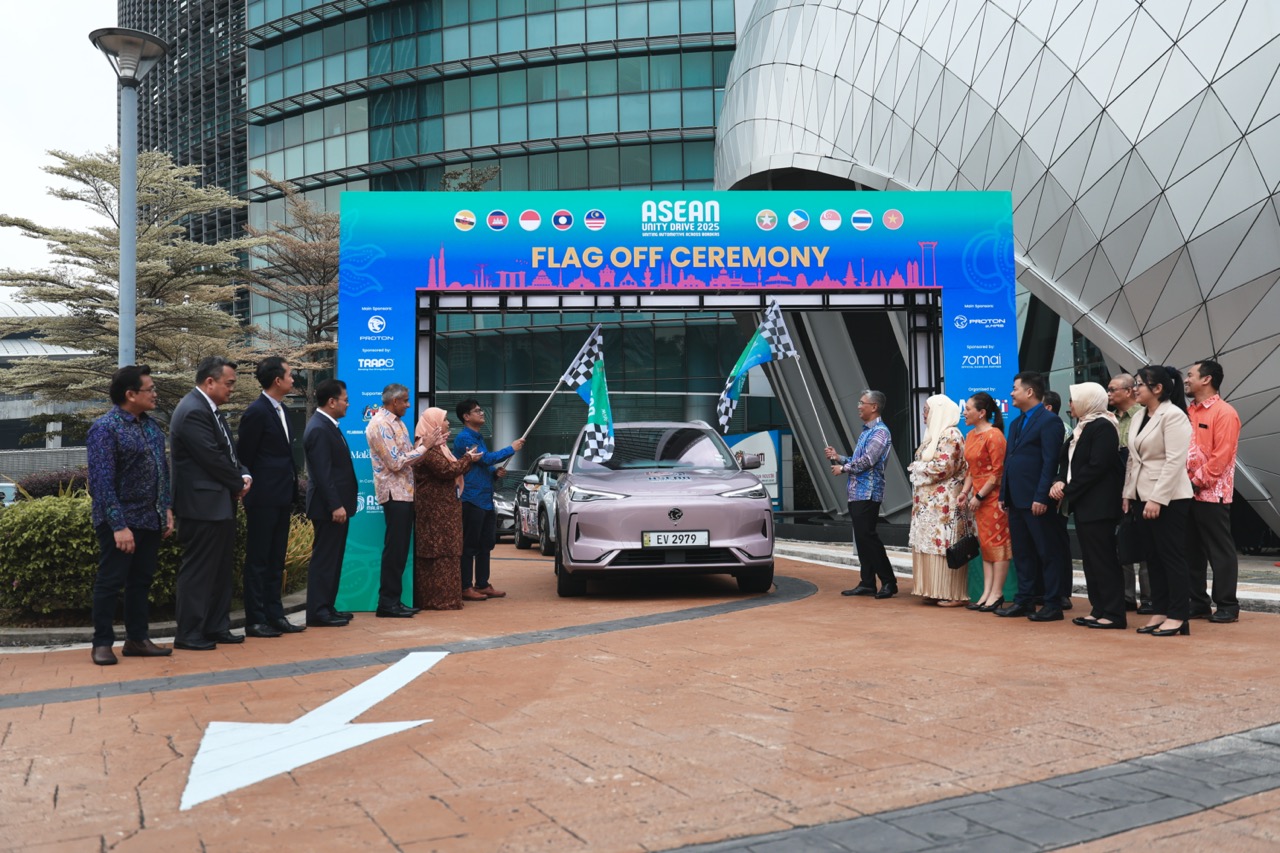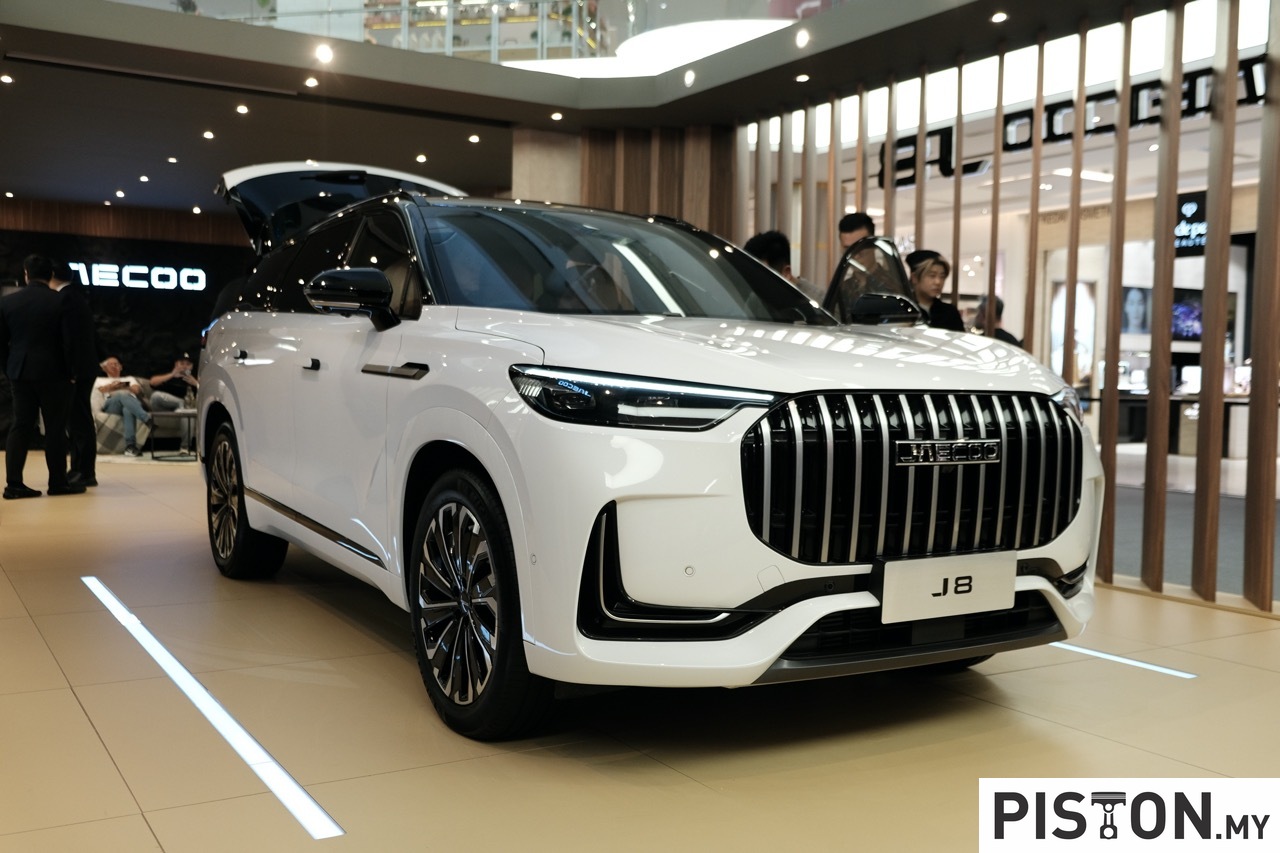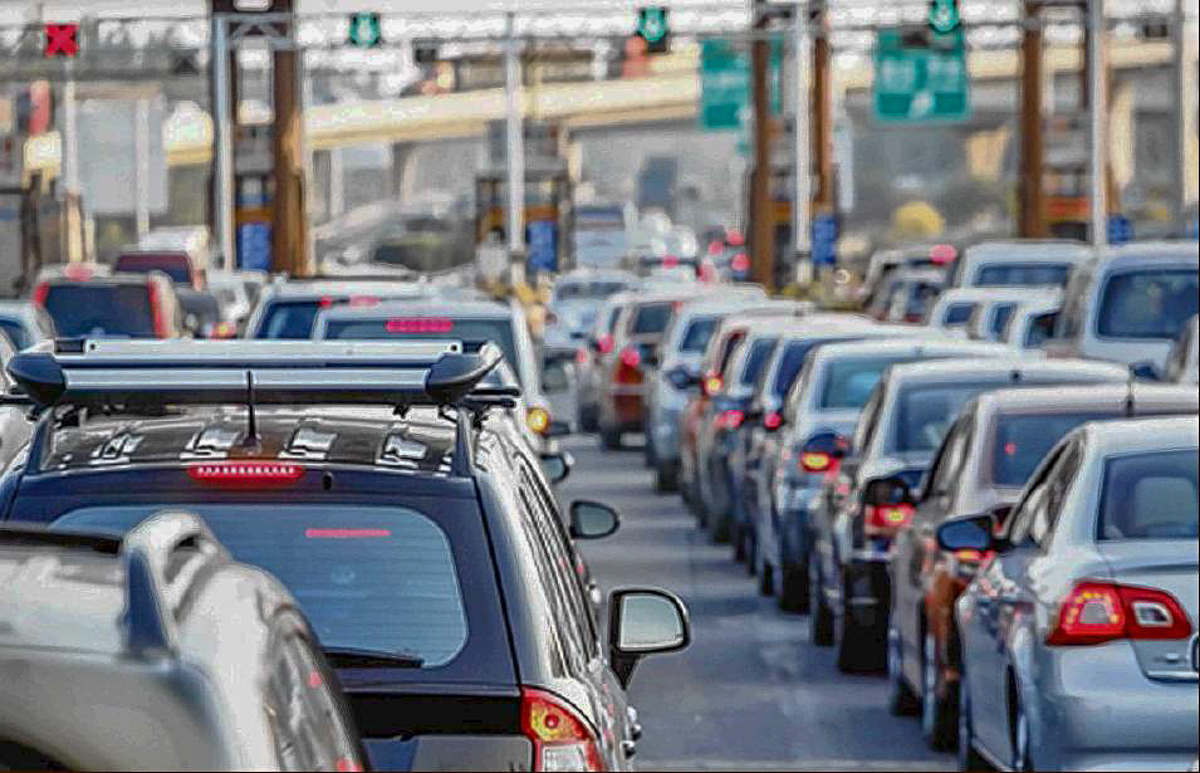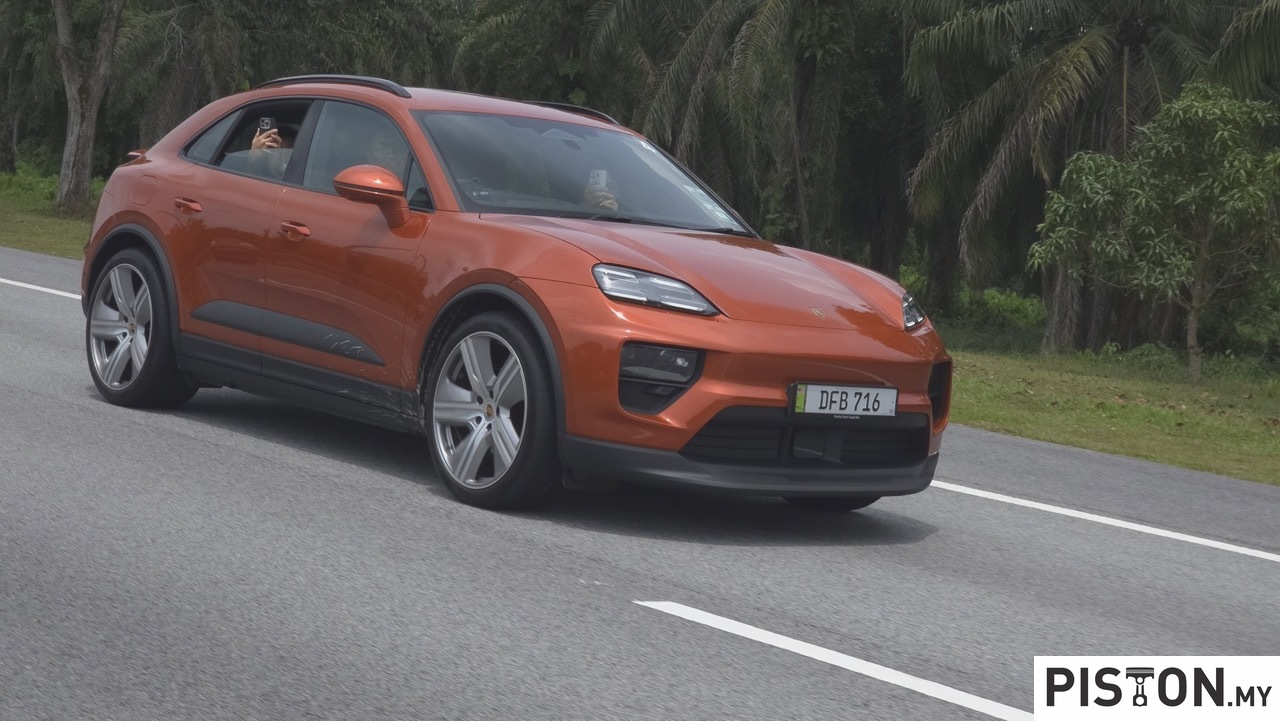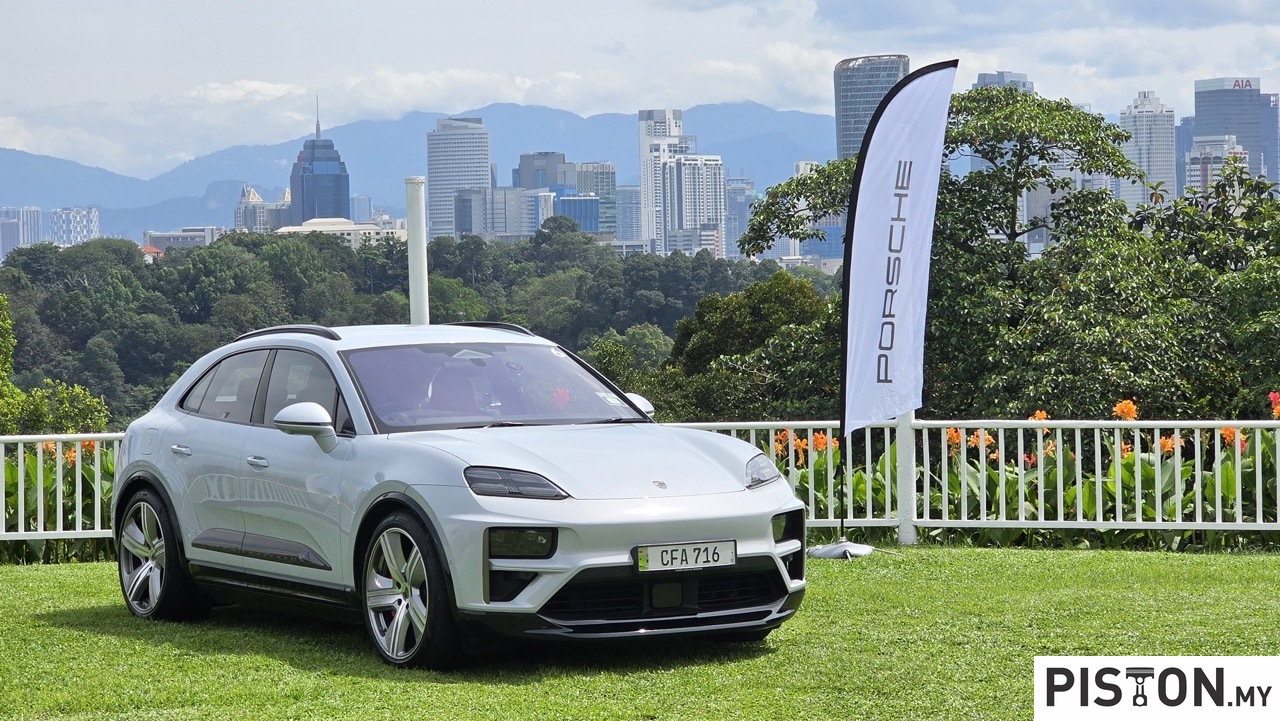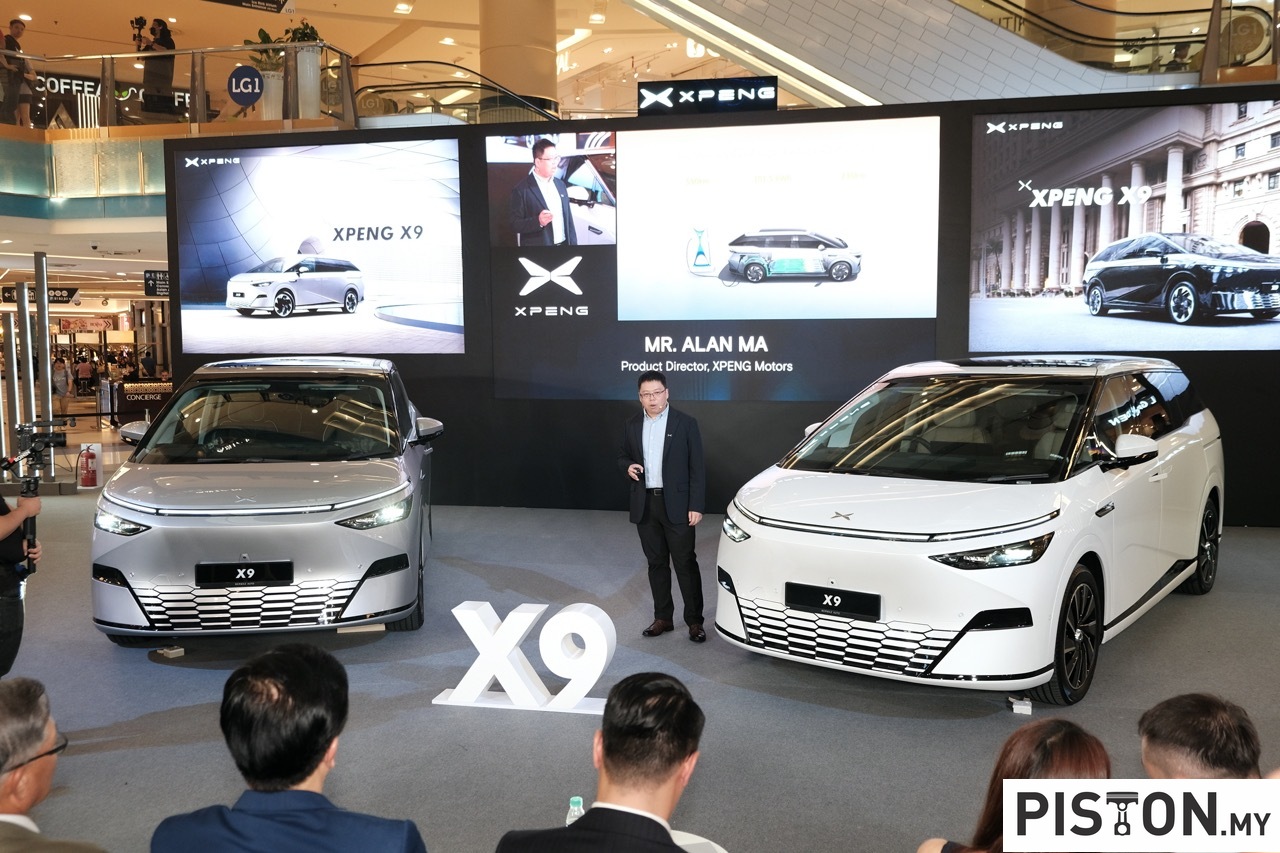Sim racing has been growing in popularity and software developers have been challenged to come out with more and more realistic programs. The hardware has also become more sophisticated with expensive seats that can provide driving sensations and steering wheels with feedback. However, for most people, the simulations are still constrained by processing power and that depends on the computer systems they use although there is also dedicated hardware like what is offered by Playstation.
For the ultimate in simulations, it is still in the R&D centres of car manufacturers where there are powerful computers that can generate simulations to a far greater degree. One such driving simulation centre is at Mercedes-Benz and it is already 10 years old. Located at the Mercedes-Benz Technology Centre in Germany, the facility was the most modern moving-base driving simulator when it opened in 2010. Prior to that, the very first simulator in the company was designed in-house in 1985.
With its 360° screen, fast electric drive and a 12-metre long rail for transverse and longitudinal movements, it continues to be one of the most capable facilities in the automobile industry. It allows highly dynamic driving manoeuvres such as lane-changes to be realistically simulated. The driving simulator also plays an important role on the way to autonomous driving.
Simulation is even more important now
“Mercedes-Benz has been systematically working towards digitisation in its development and testing for many years. But never before has simulation been as important as now, when it comes to conditionally automated driving,” said Dr. Michael Hafner, Head of Automated Driving at Mercedes-Benz.
During the virtual testing of automated vehicles, the simulator quickly and efficiently allows many scenarios to be enacted that do not occur in real tests, or not often enough, because they are so infrequent. Moreover, with no physical danger, the safety developers are able to provoke situations in which the driver needs to take over control very quickly. They use the simulator to observe and assess the interaction of the driver and measure reaction times.
Numerous simulations are carried out at Mercedes-Benz during the development and testing of new vehicles. Digital prototypes are created with the help of high-performance computers make it possible to test a new model completely in many driving situations – before the real vehicle even exists. As a result, the actual prototypes attain a higher ‘maturity’ level more quickly, allowing even more detailed testing.
Digital smartglasses for the future
The next stage in simulator technology is also being tested in the conceptual phase at Mercedes-Benz. Together with their colleagues in the Virtual Reality Centre, the driving simulator experts at have developed and designed a new XR driving simulator. This is where the real and virtual surroundings blend even more closely than before, hence the designation Extended Reality.
Only very few controls physically exist in this simulator; along with the driver’s seat, these are the steering wheel with touch controls, the pedal cluster and the Start switch. The respective specialist departments supply CAD data sets, UI and function models which are converted into the appropriate software by the simulation experts. This makes the driving simulation centre a ‘digital vehicle workshop’”. The XR driving simulator is the ideal addition to conventional simulators based on the cockpit of a real vehicle.
To this end, the tester only needs to take a seat and put on the smartglasses. The new simulator allows various interior functions such as display and control concepts or lighting scenarios to be staged in a still early development phase.
For the first time it is also possible to simulate parking situations under laboratory conditions. The level of realism is very high: for example, the view reflected by the exterior and rearview mirrors changes with the viewing angle. The tester’s eye direction is tracked by the smartglasses, and the mirror image adapted accordingly. The vehicle’s surroundings with other vehicles or pedestrians are also simulated very realistically.
Numerous other simulators are used in addition to the moving-base driving simulator. With a ride simulator it is possible to carry out subjective assessments of the performance of digital prototypes driving on uneven roads, for example.
Active Safety systems can be tested
A realistic impression of Ative Safety systems already installed in production vehicles is provided by the simulator for assistance systems. A virtual test drive becomes an impressive Active Safety experience when the occupants of the simulator interactively, rapidly and directly experience the current assistance systems in different scenarios at the touch of a button.
“The best possible development results are obtained from an intelligent combination of modern simulation methods and intensive practical tests. Several million test kilometres in road traffic continue to be an indispensable part of development work. Simulation cannot completely replace real testing, it remains an elementary tool for the development and approval of safety-related systems,” said Dr. Hafner.
Click here for other news and articles about Mercedes-Benz.




